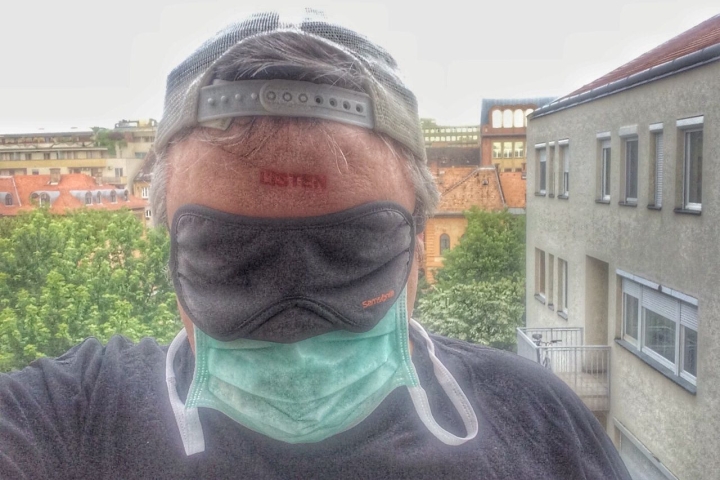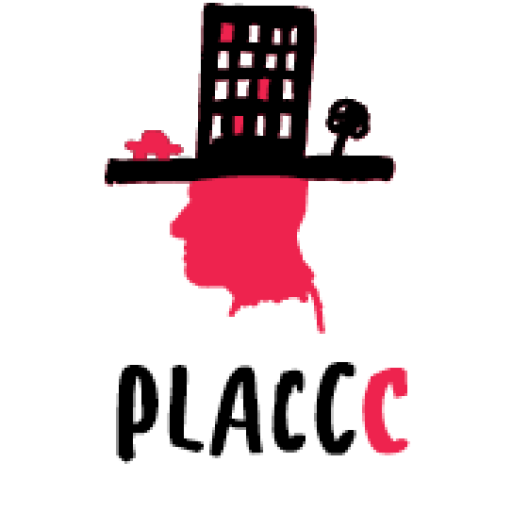Years ago, I was asked to reconstruct Max Neuhaus’s sound art piece Listen. As a result during the current psychogeographic walk (also reinterpreting the soundwalk Listen) we will use dérive to explore some situationalist urban locations. These are the Minaret, The Architecture of Despair, the Gypsy Camp and Potlatch. The walk starts from the tomb of György Krassó in the Fiumei Road Cemetery and ends in the Phoenix bar. We achieve our goals with the help of the unpredictability of events and directions that happen by accident; and the path is marked by a paradox of determination and randomness, reaching from the necropolis to the symbolic point of rebirth. In addition to discovering memories, associations, coincidences, unexpected locations with full of allusions to cultural history, and public spaces that seem hitherto uninteresting, the goal of the walking performance is also to listen and see the urban environment again. Reflections on experiencing our everyday reality behind everyday life and perhaps revealing it differently because of the pandemic.

Zsolt Sőrés is an improvised/electroacoustic and noise musician, composer, sound artist, performance artist, intermedia artist, sound ecologist. During the last 30 years of activity he performed hundreds of festivals, international collaborations, special events worldwide. Since 2014, he teaches at the Electronic Music Media Art Department at the Liszt Academy of Music in Budapest and from 2019 at the Electronic Music Media Art Department at the University of Pécs. From 1996 to 2002 he was one of the artistic director of Pause-Sign International Improvised (later: Experimental) Music Festival and from 2008 to 2010 he was the curator of Relative (Cross)Hearings International Independent Contemporary Music Meeting in Budapest. In 2012 he was the Hungarian curator of the international Sound Exchange sound art project. In 2014 he was the curator of the first collective international sound installation exhibition in Hungary called On the Edge of Perceptibility – Sound Art at Kunsthalle, Budapest. Sőrés has been involved in public art since the late 1990s.
Zsolt Sőrés: „Listen” Revisited, when The City is Still Naked


